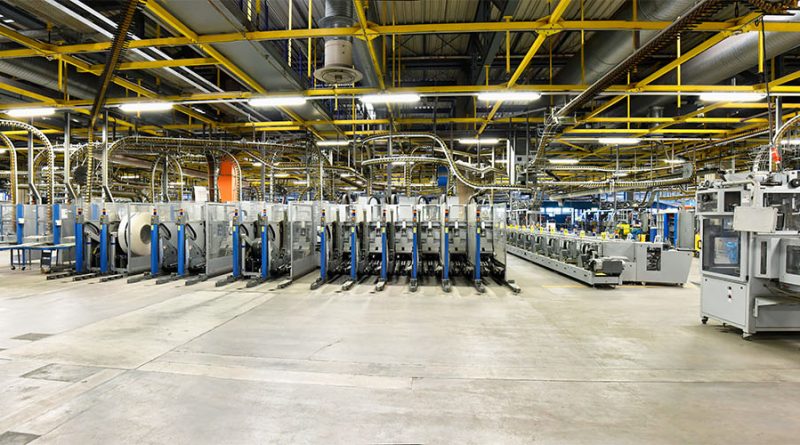Automation’s Role in Manufacturing’s New Era
The quest for industrial revitalization in America, amidst growing global competition and a noticeable shift towards automation, has ushered in a new era of manufacturing. At the forefront of this transformative wave is Chris Power, CEO of Hadrian Automation, who aims to defy history by revitalizing the American industrial sector, particularly in aerospace and defense manufacturing, through the innovative use of automation.
Legislative Tailwinds and Technological Innovations
The U.S. manufacturing sector has received a significant boost from recent legislative measures, including the Infrastructure Investment and Jobs Act, the CHIPS and Science Act, and the Inflation Reduction Act. These laws have spurred record private sector investment by prioritizing rebuilding infrastructure, advancing clean energy initiatives, and fostering the domestic semiconductor industry. They aim to catalyze job growth, workforce development, and equity across various sectors, doubling down on investments in semiconductor and clean technology manufacturing.
Parallel to legislative advancements, the manufacturing industry is undergoing a seismic shift with the advent of Industry 4.0. This new wave is propelled by an explosion in data availability, advancements in analytics and machine learning, innovative human-machine interaction, and the digitalization of physical manufacturing processes. From “digital twins” for product and process simulation to Internet of Things (IoT) sensors for real-time analytics, these technologies are setting the stage for smart, automated factories capable of producing large volumes or highly customized products.
Building a High-Road Industrial Commons
The concept of a high-road industrial commons emphasizes an inclusive approach to industrial growth, ensuring benefits reach America’s most economically distressed communities. It advocates for a manufacturing revival that is not just about technological advancement but also about social inclusion, creating economic opportunities for minorities and low-income families. This vision calls for collaboration across public, private, and civil sectors to rebuild America’s manufacturing base in a way that revitalizes economically vulnerable regions.
Case Study: Hadrian Automation’s Trailblazing Path
Hadrian Automation stands as a beacon of innovation, targeting high-precision CNC machining and automating core, labor-intensive steps from order to shipment. This approach not only enhances efficiency and productivity but also exemplifies how software and automation can serve as critical levers for industrial rejuvenation. Hadrian’s success signals a broader potential for automation to reshape the American industrial landscape, offering a model for others to follow.
Looking Ahead: Challenges and Opportunities
Despite the momentum, the manufacturing industry faces headwinds, including economic uncertainty, skilled labor shortages, and the need for continuous innovation. The embrace of smart factory solutions and the industrial metaverse, coupled with generative AI, offers a pathway to navigate these challenges. A striking majority of manufacturing executives believe that smart factory solutions will be the main driver of competitiveness in the coming years, highlighting the critical role of technology in the industry’s future.
The American industrial sector stands at a crossroads, with automation and technological innovation offering a path to revitalization. Visionaries like Chris Power, supported by strategic legislation and advances in Industry 4.0, are leading the charge towards a more prosperous and inclusive manufacturing future. As we embrace this new era, the collective efforts of industry leaders, policymakers, and communities will be paramount in realizing the full potential of American manufacturing for the 21st century and beyond.
By embracing this transformative journey, America can reclaim its position as a global manufacturing powerhouse, fostering innovation, creating high-value jobs, and ensuring equitable growth across its communities.
Sources:
- McKinsey Report on American Manufacturing Revitalization
- The Century Foundation on High-Road Industrial Commons
- Deloitte Insights on Manufacturing Industry Outlook
